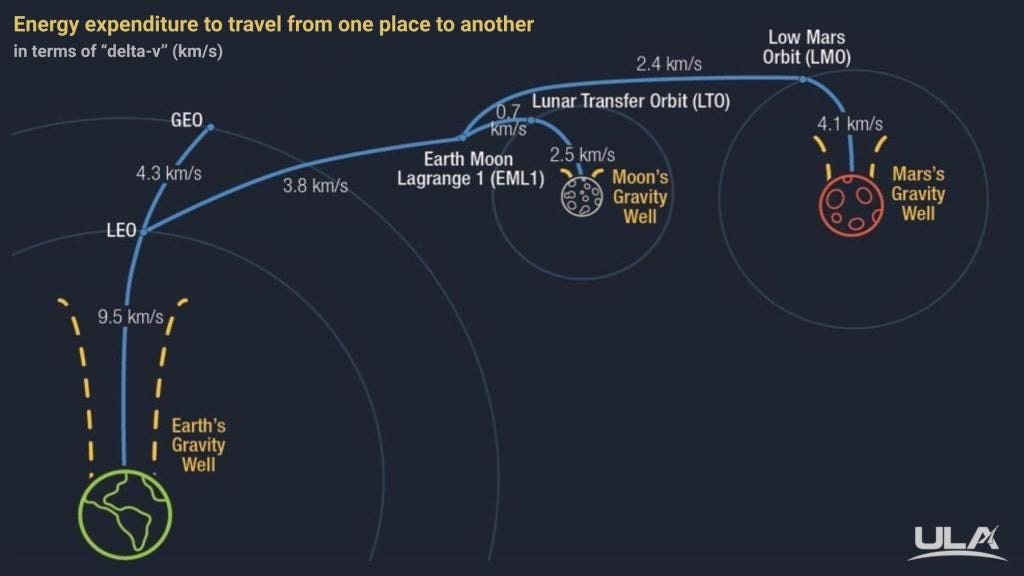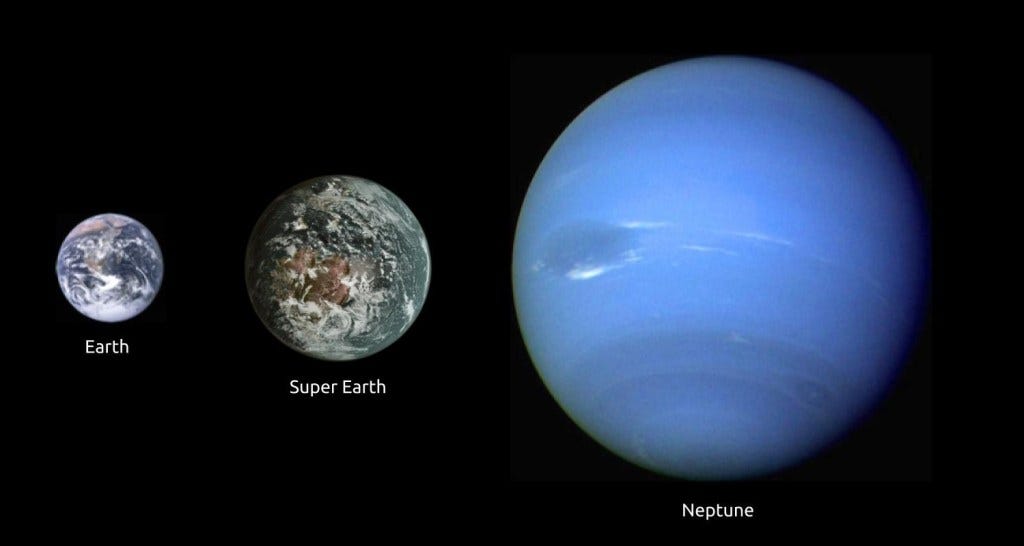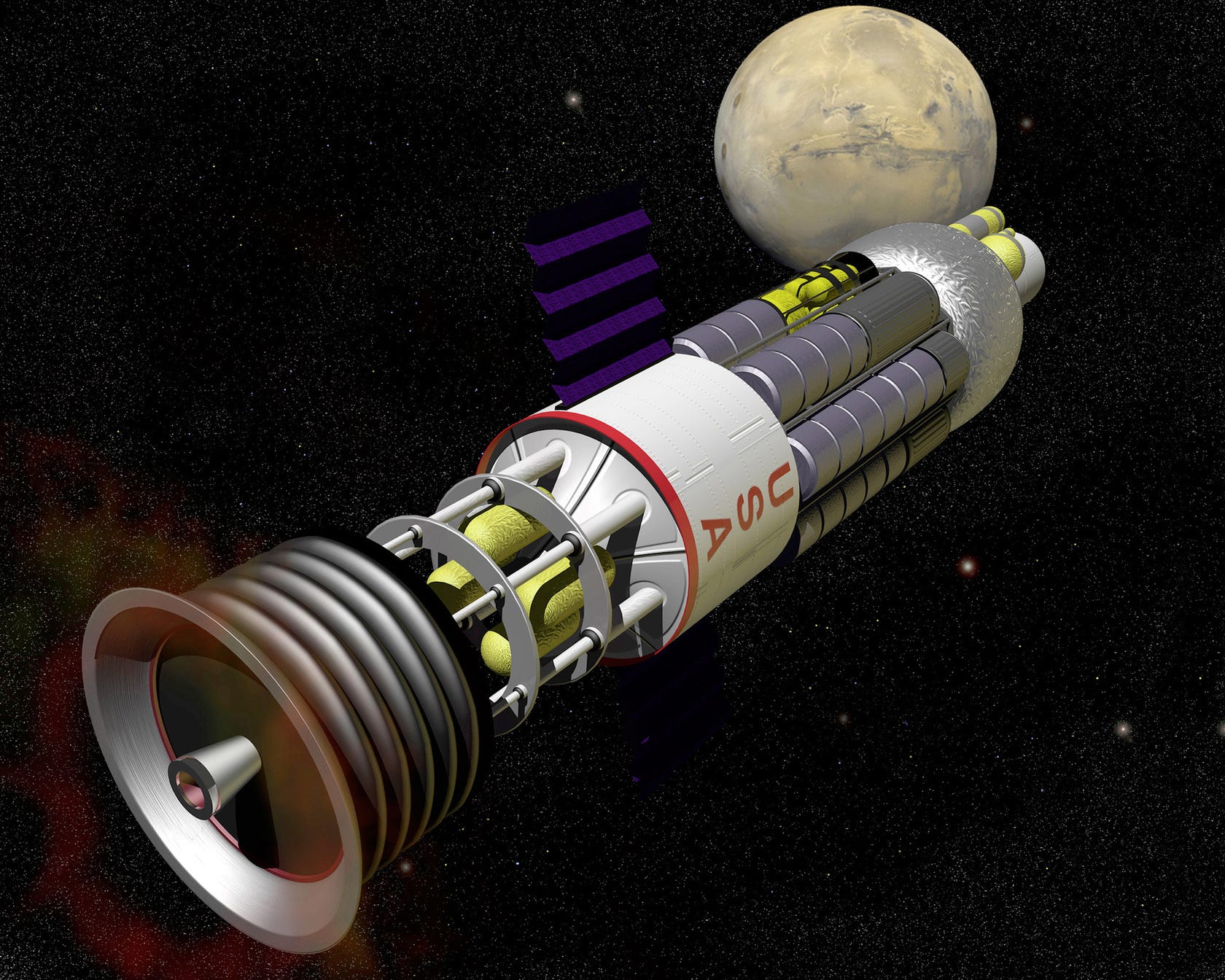The giant leap for humanity was not stepping on the Moon but getting to Earth orbit first
The launch of Sputnik in 1957 marked not just the advent of the Space Age but had an even deeper significance.
When dabbling with the laws of motion in the 17th century, Isaac Newton first realized that it is indeed possible to send an object out of Earth, into space. As long as an object is shot away from Earth with a high enough velocity, it will reach space and start orbiting our planet. With the launch of the Sputnik satellite on October 4, 1957 onboard a powerful rocket, the Soviet Union achieved exactly that.

Give a satellite another speed boost, by either launching it on a more powerful rocket or using small thrusters onboard, and it can escape from Earth’s gravitational hold completely. That’s how you can send missions to Venus, Mars, Saturn and beyond. But one of these two things is not quite like the other.
Enter the rocket equation.
The rocket equation is what allows scientists and engineers to quantify and compare the energy required to reach various destinations in space. It tells us the amount of energy a rocket must expend to go from the Earth’s surface to an orbit 250 kilometers above, called low Earth orbit, is almost thrice as much as going from that low Earth orbit to the Moon! Likewise, getting to low Earth orbit costs twice as much energy than what is required to reach Mars from that same orbit.1
Even if we include the energy expenditure not just to reach the Moon from low Earth orbit but to land on it, getting to Earth orbit itself turns out to be about 50% more expensive. In other words, attaining Earth orbit is the first and the most significant barrier to space exploration.

The giant leap for humanity was not stepping on the Moon but getting to Earth orbit.
The rocket equation doesn’t just dictate how much energy you must spend to reach various destinations in space, but also if you can reach space at all!
Planetbound
The satellite is but a small fraction of the total mass of the rocket that lifts it and yet has an effect on the rocket itself. Therein lies the core problem of rocket science.
Increasing the satellite’s mass, to make it more useful perhaps, also means more rocket fuel is required to put the satellite in the desired orbit. But more fuel makes the system weigh more. This means some more fuel is required to launch the now-heavier system into space. As a thumb rule, fuel requirements increase exponentially with every step increase in mass added to the satellite.
This is how we end up with rockets being mostly fuel and then some metal. Even the mighty Saturn V that sent astronauts to the Moon was 85% fuel, 13% rocket––including the rocket body, its plumbing and parts, and the rest 2% being the Moonbound spacecraft with astronauts sitting inside!

At this point, if we were to make Earth more massive, a rocket would have to expend an enormous amount of energy against a more gruesome gravity well. More fuel would be required to get to space and your rocket might be something akin to 9 times more fuel than metal. Increase Earth’s mass further and the fuel-to-mass ratio would start skyrocketing to a point where it’s simply not possible to engineer such a near-all-fuel rocket!
Crunching the numbers in this manner, it turns out that if the Earth was 50% more massive, you simply wouldn’t be able to get to space even with the most energetic fuel combination (liquid hydrogen and liquid oxygen) available in chemical rockets.
Such a massive rocky planet is not imaginary, several of its kind exist. Of the 4,000+ planets around other stars we’ve discovered in our galaxy so far, about a thousand are something scientists call ‘Super Earths’. These are planets which are up to 10 times more massive than Earth and up to twice as large. Beyond that limit, planets don’t remain rocky and start turning into Uranus/Neptune-like gas giants.

Many of these Super Earths lie in the respective habitable zones around their stars i.e. conditions there could support life as we know it. Given that we’ve only searched a small fraction of our galaxy for planets, it’s fair to say there could be millions of Super Earths, many of which could host life.
If intelligent life were to develop on these Super Earths, they’d have a hard time building rockets that get things off-planet. Since even the most energetic chemical rockets won’t get them to space, they might be incentivized to build something with more thrust that can, like nuclear propulsion based rockets. These will likely be far more expensive than chemical rockets but sometimes nature doesn’t give you a choice.

We should be pretty happy that our Earth isn’t massive enough, allowing us to get to space with relative ease, to explore the Moon, the planets, asteroids and comets, and so much more! This is what the launch of Sputnik represents – the advent of the Space Age.
Bound no more
In addition to the physical reason why getting to Earth orbit was so important, there is a biological one.
Life on Earth emerged about four billion years ago. Since then, it has flourished and taken over pretty much every corner of Earth. But in all this time, not a single life form has ever intentionally left the bounds of our home planet and ventured into outer space. The gravitational pull of Earth is gruesome indeed.
The launch of satellites like Sputnik in the 20th century allowed us to break this barrier. For the first time in four billion years, something, and then someone, was intentionally sent to space. A species was no longer Earthbound, even if for fleeting moments on cosmic time scales.
Like what you read? Support me to keep me going.
Technically, energy expenditure is not the same as delta-v, which is the actual measure of work required by rockets to reach different destinations. But since energy expenditure is proportional to delta-v, they have been approximated to be the same to make the article tangible for the masses. ↩
